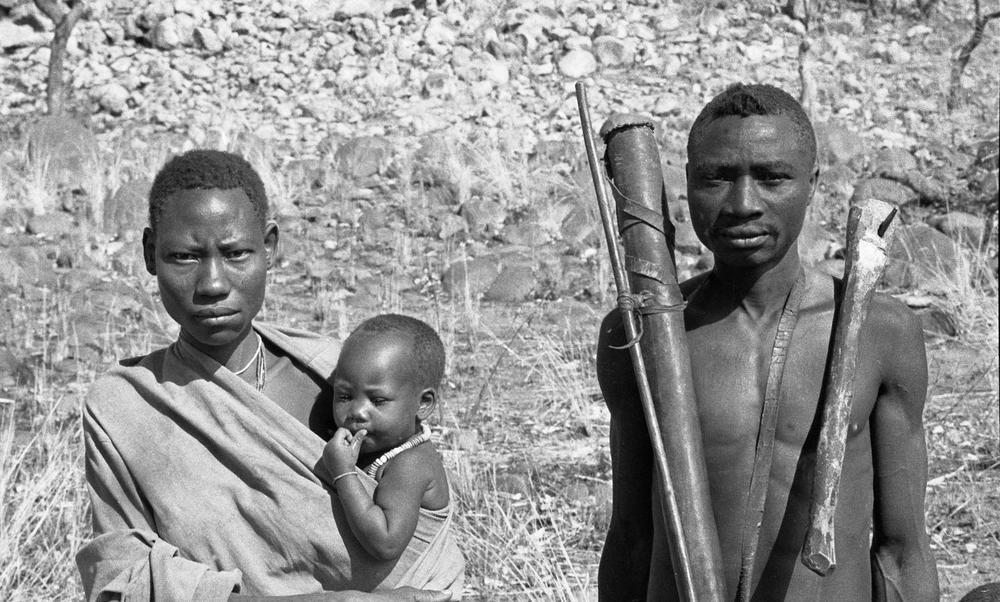Journal Article
The largest collection of footprints from the human fossil record in Africa is described in Scientific Reports this week. The findings, which further our understanding of human life during the Late Pleistocene period (126,000 to 11,700 years ago), suggest a division of labor in ancient human communities.
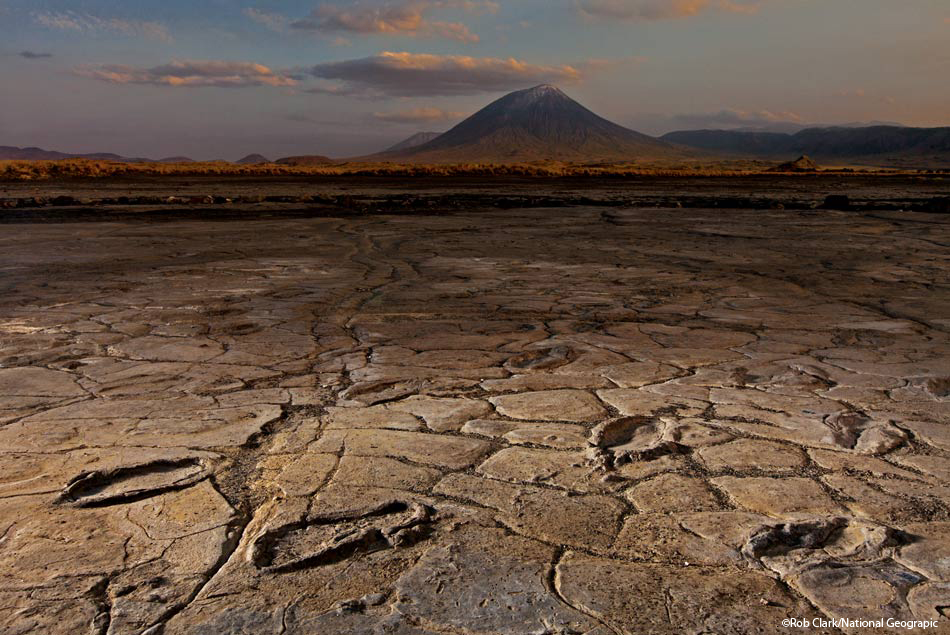
Leakey Foundation grantee Kevin Hatala of Chatham University and his colleagues uncovered 408 human footprints in Engare Sero, Tanzania, after the site was discovered by members of a nearby Maasai community. Hatala is part of a multidisciplinary team, led by Cynthia Liutkus-Pierce of Appalachian State University. This team has been excavating and analyzing the Engare Sero footprints since 2009.
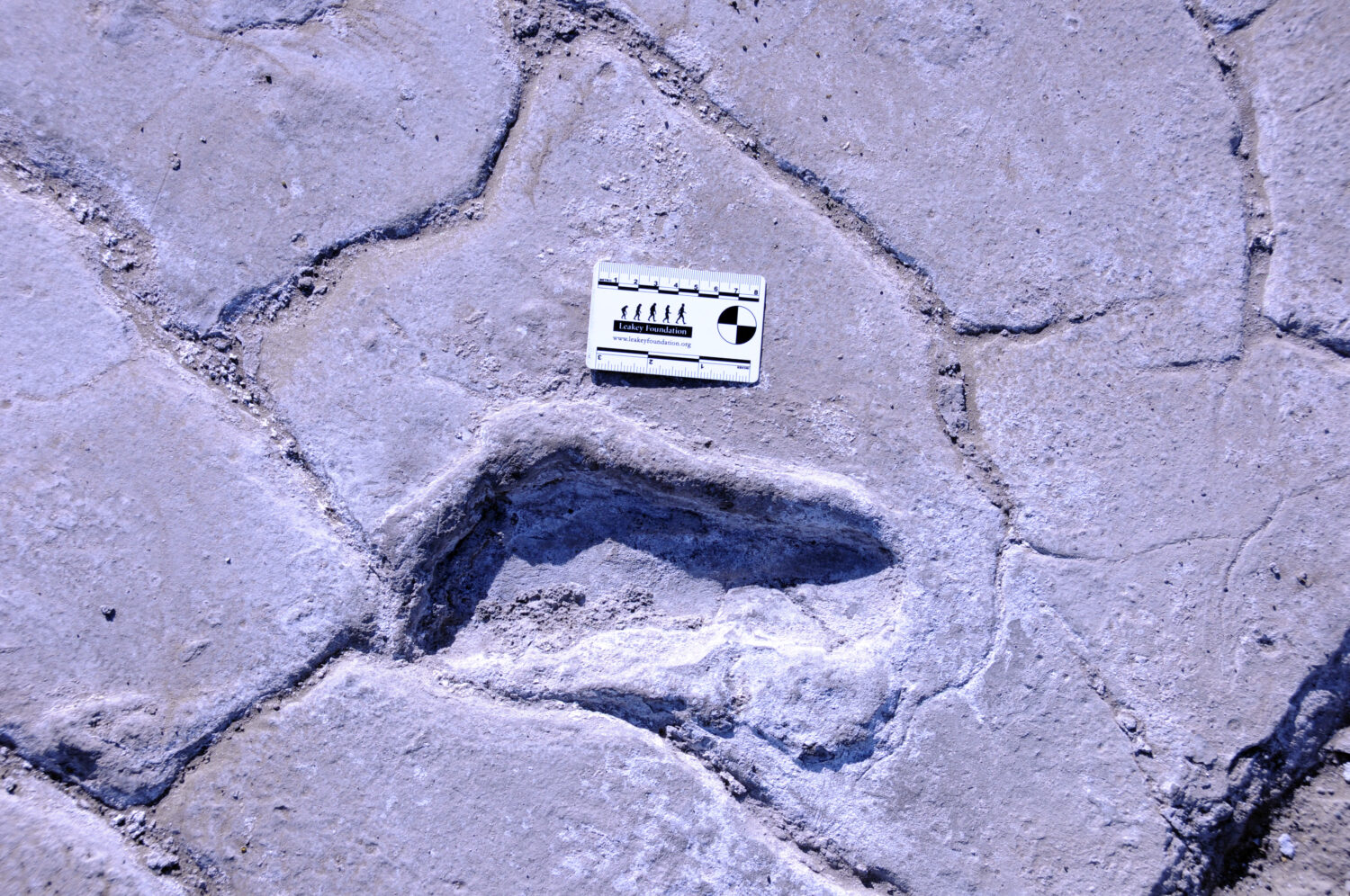
Liutkus-Pierce notes that the footprints have been remarkably preserved within an ancient volcanic mudflow produced by the nearby Oldoinyo L’engai, a still-active volcano in the East African Rift. “These prints were pressed into wet ash, which dries almost like concrete,” says Liutkus-Pierce. “The resilience of the hardened ash helps preserve the details of the footprints despite the natural erosion of the surrounding area over thousands of years.” The researchers have dated the footprints to between 19,100 and 5,760 years ago.
“Footprint sites are rare in the human fossil record and they preserve exciting, direct windows into the past,” says Hatala. “Here we have a richly-detailed snapshot of a group that walked across this landscape at a very specific moment in human history.”
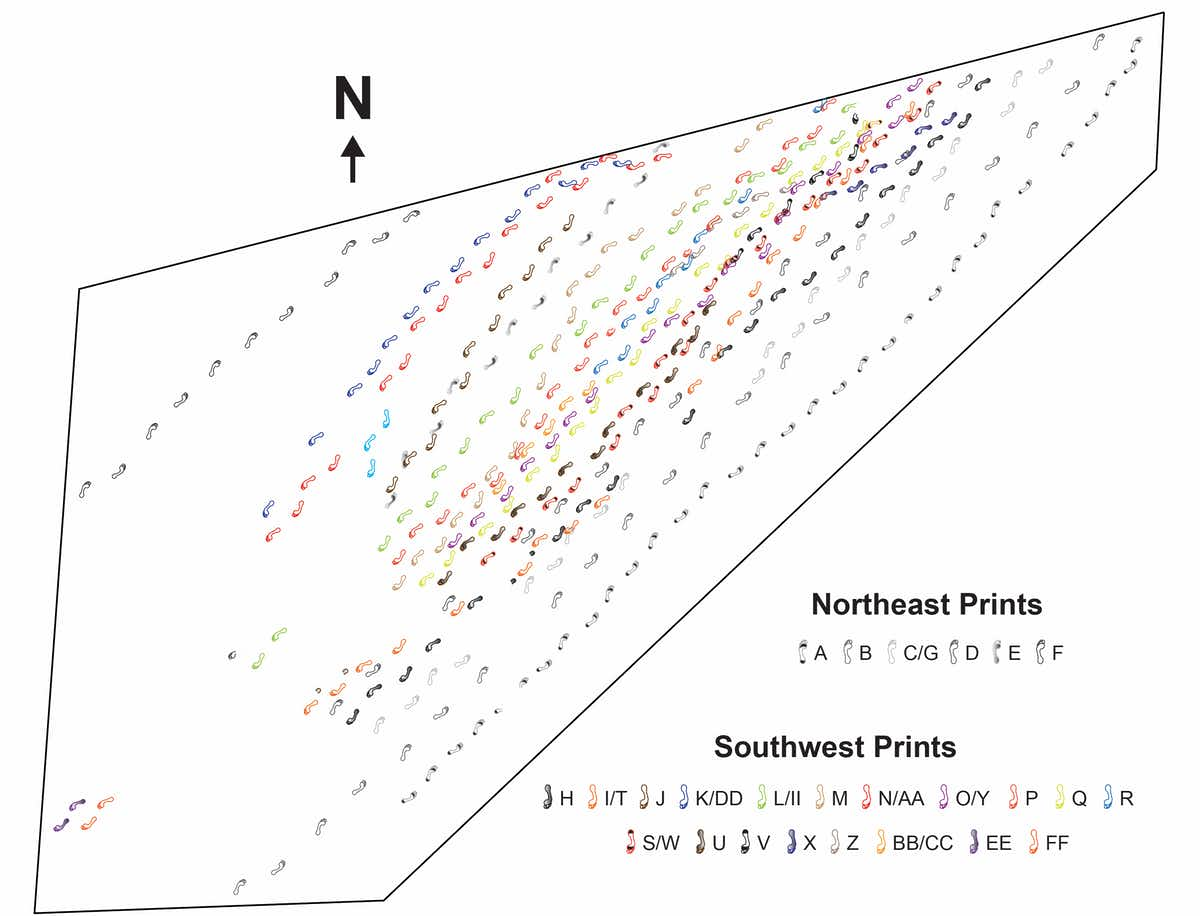
Based on analysis of the sizes, spacings, and directions of the footprints, Hatala and colleagues believe 17 tracks of footprints were made by a group of mostly adult females who were traveling together at a walking speed in a southwesterly direction. The group was likely made up of 14 adult females, two adult males and one young male. “When we look at ethnographic literature,” says Hatala, “that kind of group structure is consistent with those observed during sexually divided foraging activities. Of course you can’t make a one-to-one comparison and there are other possibilities, but the potential to directly observe such group behaviors from fossil evidence is intriguing.”
For an additional six tracks of footprints oriented to the northeast, the authors estimate a broader range of variation in speed, which may suggest that they were not created by a single group travelling together, but by various individuals running and walking at different speeds.
The findings provide a snapshot of the movements and group behaviour of modern humans living in east Africa during the Late Pleistocene period.
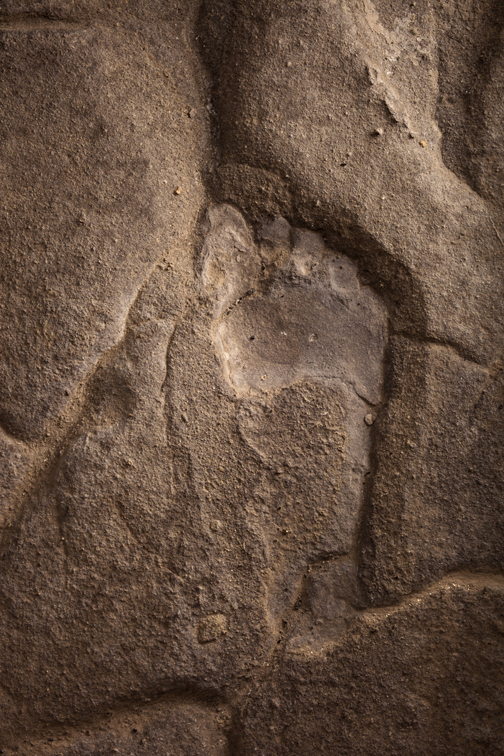
In addition to the paper summarizing the group’s findings, a full 3-D recreation of the site has been generated and made available online for study and download by the Smithsonian’s Digitization Program Office. Leakey Foundation grantee William Harcourt-Smith, professor at Lehman College CUNY and research associate at the American Museum of Natural History, explains, “This site preserves a rare and wonderful direct window into the past. Making a full-scale model available for others to access online is crucial for sharing these data with the scientific community and the public, and also as a long-term safeguard against the potential erosion of the physical site.”
Leakey Foundation grantee Briana Pobiner, paleoanthropologist at the Smithsonian’s National Museum of Natural History, says, “Several of the human footprint trails lead to a nearby sand dune. We purposefully left the additional footprints, which are presumably preserved under the dune, unexcavated until we can work with the Tanzanian government to develop a conservation plan to limit erosion.”
The Engare Sero research project has been made possible through collaboration with the Tanzanian government and local Maasai communities, and with financial and material assistance from The Leakey Foundation, National Geographic, the National Science Foundation, the Evolving Earth Foundation, the Explorer’s Club, Appalachian State University, The George Washington University, the Smithsonian Institution, and the American Museum of Natural History.
